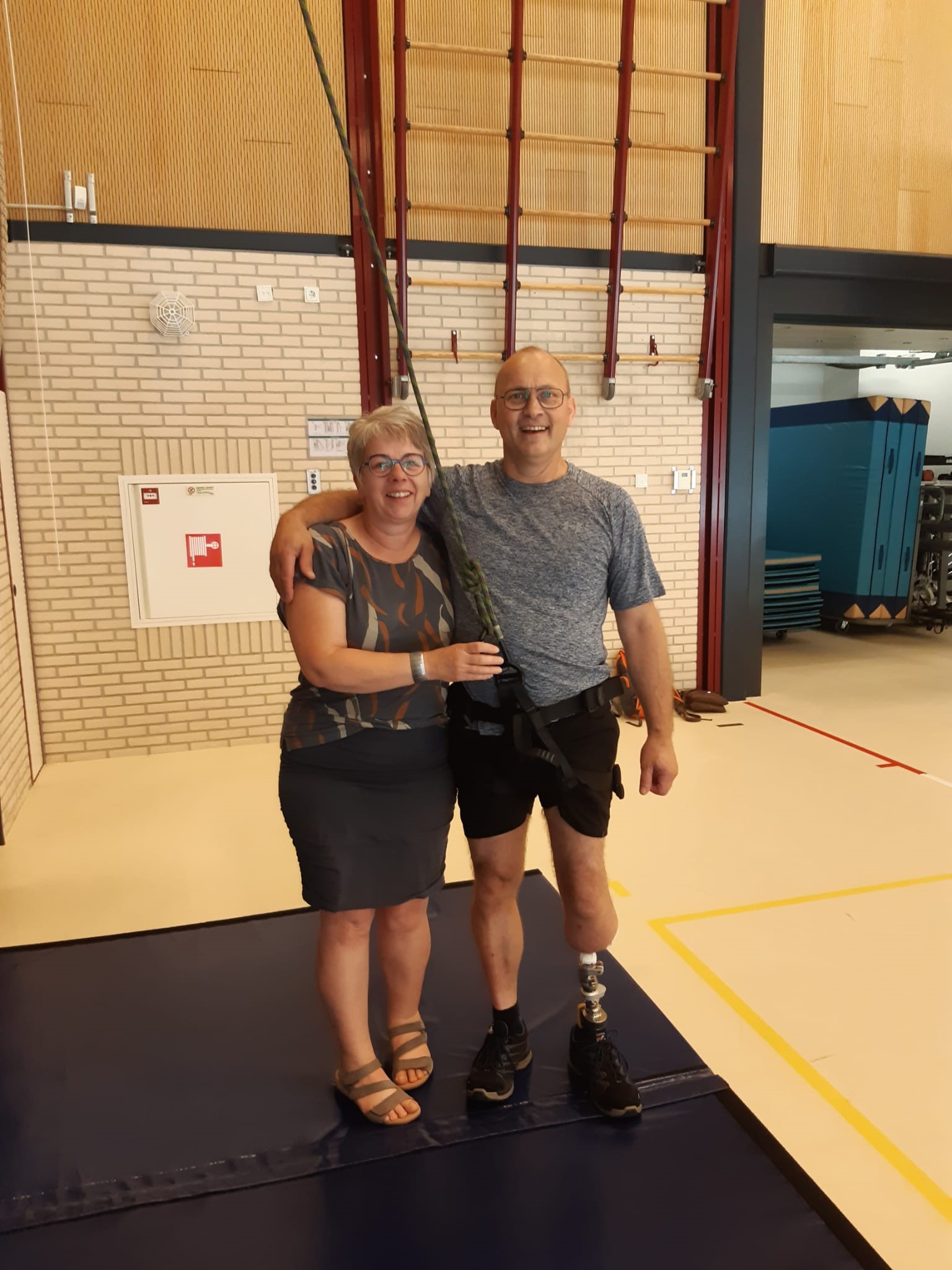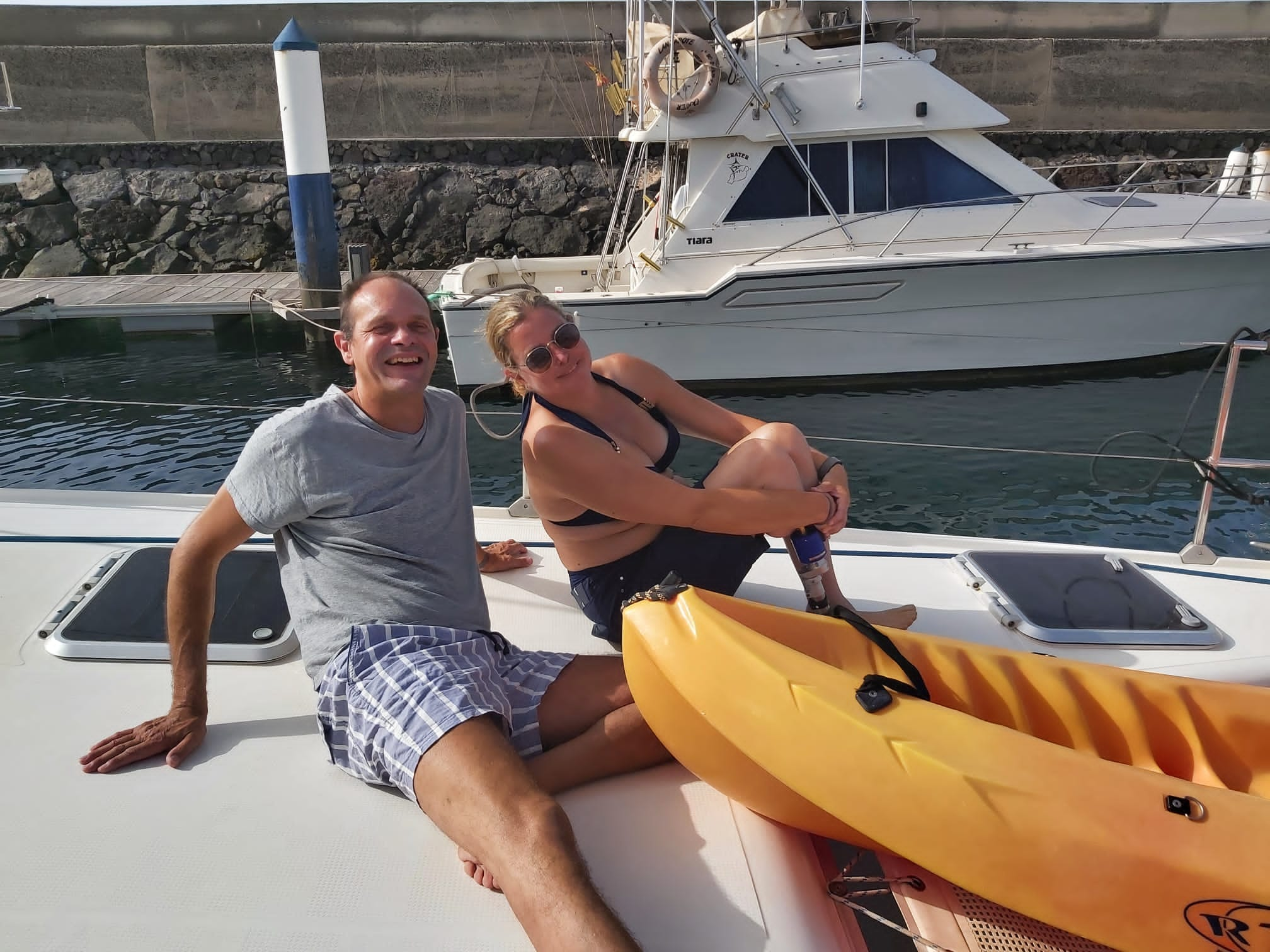Osseointegration prosthesis
At AOFE Clinics, we offer a range of innovative health services, including the new and groundbreaking osseointegration surgery for limb amputees. This process, supported by extensive research, involves the integration of prosthetic limbs directly into the bone, leading to increased stability and functionality. Through our online platform, patients can learn more about this transformative procedure and access comprehensive information about the benefits it brings to their overall health and quality of life.
Osseointegration is a transformative procedure performed at AOFE Clinics that offers amputees a major improvement in mobility and quality of life. This technique involves the direct connection of prosthetics to the bone, eliminating the pain and discomfort associated with traditional socket prostheses. Designed to enhance the natural function of the remaining joint, osseointegrated prostheses provide a more secure fit and greater ability to perform daily activities. Clinical study are utilizing advanced navigation techniques to enhance the precision of medical procedures.
For patients with amputation of an arm or leg who experience problems wearing a socket prosthesis, the prosthesis can also be anchored directly to the body with a metal implant. The surgeon places an orthopaedic implant directly into the bone of the stump. The prosthesis can be connected to this implant using a click system. This technique is called osseointegration, and the prosthesis is therefore called click prosthesis. Doctors use the term osseointegration prosthesis or bone-anchoring prosthesis. The skin opening through which the implant protrudes is called a stoma. We get great results with our patients who all see an improvement in their quality of life.
Who is eligible for an osseointegration (click) prosthesis?
You are eligible if you answer yes to two or more of the following statements:
- I use my prosthetic leg less than 50 hours a week
- My maximum continuous walking distance with a prosthetic leg is less than 2 kilometers
- My prosthetic leg comes loose at least once a week during daily activities
- I regularly suffer from blisters, abrasions, pressure sores, and inflammation due to my socket
- I have reduced seating comfort as a result of the socket
- I suffer from excessive perspiration in the socket during the summer
Who is not eligible for an osseointegration (click) prosthesis?
- People who smoke
- People with a BMI greater than 30 (severely overweight, obese)
- People with severe diabetes mellitus (kidney failure, eye abnormalities, nerve disorder)
- People with severe peripheral vascular disease
A natural state of mind
Our osseointegration procedures impact not only the shape and fit of the prosthetic but also enhance osseoperception, giving the individual a more natural sense of where their limbs are in space. This results in improved mobility and a quicker adaptation period. The treatment typically spans several months, ensuring a full and stable integration with the residual limb. For more detailed content about how osseointegration can reshape your life, search our Instagram for real stories from individuals who have undergone this life-changing procedure, or contact us to press for more information on this and other advanced prosthetic solutions.



